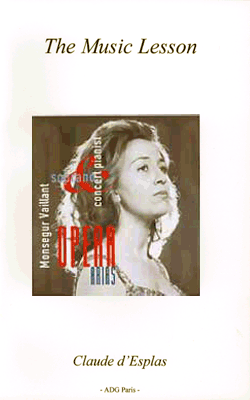
Ivan Turgenev’s judgments throughout his correspondence are of a biting and cruel irony in the musical field : but sometimes he comes back on his affirmations as aptly stated by himself :”In general I see that in accordance with my praiseworthy habit I initially went too far to the right (in respect of Melle Lind), then veered too much to the left ... she is a charming singer who does certain things better than anybody, but ... but ... but she is not a tragedian, but plays a little in the German manner, but I know a certain person with (sic) whom I have compared her a bit absent-mindedly, etc...etc ”, or “Yesterday I went to see Melle Patti in L’Elisir. She is very nice, her voice is charming, intonation exactly right and perfect purity, but she is not a singer and especially not an actress ...the audience adores her” (37 curtain calls for Mireille in St Petersburg), she looks as though amused like a queen.”
Finally, “the day after my arrival in St Petersburg I went to the Italian Theatre. It was Norma on the programme with Mme de Giuli ... a very high voice, not very strong ... but piercing and untiring ... the low notes are hollow and trembling. She has little taste, warmth, with a dramatic, or rather melodramatic accent : (in Casta Diva she sings as though in love with the moon), she lacks nobility, she exaggerates - as a singer - for as an actress she is pretty much a dummy ...”
In 1846-47 as well as in 1864, Turgenev can use, when he wants to, his critical sense in the vocal and in the scenic domain. “Let us talk a bit about Robert le Diable given here the day before yesterday, I tell you truly : the performances of Berlin were a hundred thousand lengths of a lance above those of London. Fraschini is monstrous, hideous, horrible in the role of Robert; his shrill, strangled voice gets on one’s nerves; and also he looked like a hare who gives himself to the devil, completely demoralized. Staudigel has lost his voice, Mme Castellan spoilt hers altogether by wanting to produce chest-notes.”
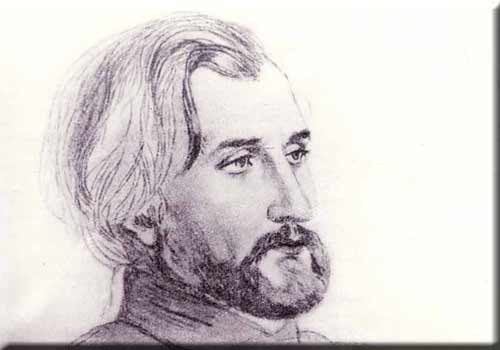
There are some highly interesting judgments concerning vocal technique, to be explained only by an instinct for singing which was sharpened by his permanent contacts with the Viardot Family and also with Manuel Garcia (author of the Ecole de Garcia, a complete treatise of the Art of Singing) in whose company he will attend a performance of Gounod’s Faust on 15 September 1859. Other comments inform us about the habits of the time, which allowed singers to introduce arias other than the ones in the score (in Romeo e Giulietta by Zingarelli, la Malibran puts an aria of Mercadante in the place of the aria of Sigismond chosen by La Pasta), or passages inside arias : “In Quando lascia la Normandie”, she (Melle Lind) introduces a delightful passage; if it was she who found it, I congratulate her. Pity I am not a musician to note it down for you.”
Turgenev is sensitive not only to the traditional production (he proves it by criticizing that of Don Juan in St Petersburg and especially by detailing that of Mireille, which he comments at length while giving very limited space to the singers), but also perceives the so-called vocal production which he seeks to explain to his correspondent. “I would have wanted that you, Madame, would have seen her (Melle Lind in La Somnambula or in Robert (...). She had some very fine moments in the duet with Bertram; when he takes her by the arm, she gives a muffled, lengthy cry or rather a kind of spoken shiver (God knows whether you will understand me), something one does when being cold and fearful at the same time, really something very true and of great effect.”
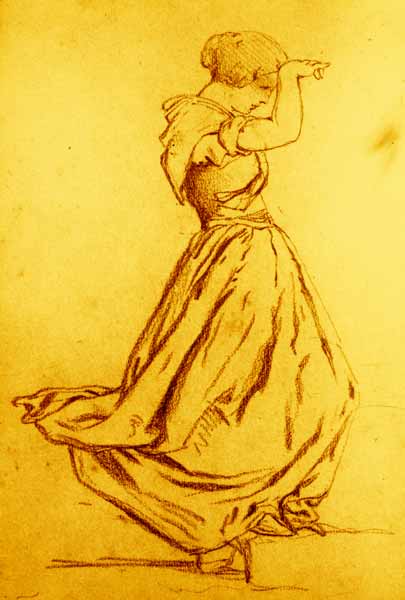
Is it the passionate friendship the author of these letters feels for Pauline Viardot, is it the interest he has in her parts, which can explain his attitude on the occasion of the Faust performances in Paris (he leaves it to her brother Manuel to convey his comments to Pauline Viardot) or those of Mireille, whose production he describes in harsh terms, while appreciating the music of the first two acts, “these two diamonds” in the words of the English musical critic Chorley, but whom the heroine does not seem to move, since in passing one gleans sentences like “Melle Carvalho sings delightfully”.
Scudo, in his critique of Gounod’s Faust (19 March 1859) uses the same terms, but hints that “her frail voice” shows signs of fatigue in the scene in the church; or after a second hearing of the opera : “Melle Miolan is perfect in Mireille, she produces some adorable phrases” : “Et moi quand par hasard” (sic) or “C’est aujourd’hui que l’église des Saintes”. In fact, in this passage, and very strangely so, the writer takes effect for cause and praises the music by vaunting its interpreter.
This is not a case here, as for Sappho, of a part conceived for Pauline Viardot’s voice, a voice which opens out towards the lower register, Turgenev notes : ”I am glad you do not sing Otello”, he says to her, “you now need larger and grander things, but of a higher register in the phrasing” as in the French mélodie which will be taken by Gounod and Fauré to its well-known heights of expression, this formation of coloratura with sometimes tragic inflexions which the flexibility of Maria Malibran’s voice, helped by circumstances, might have attained.
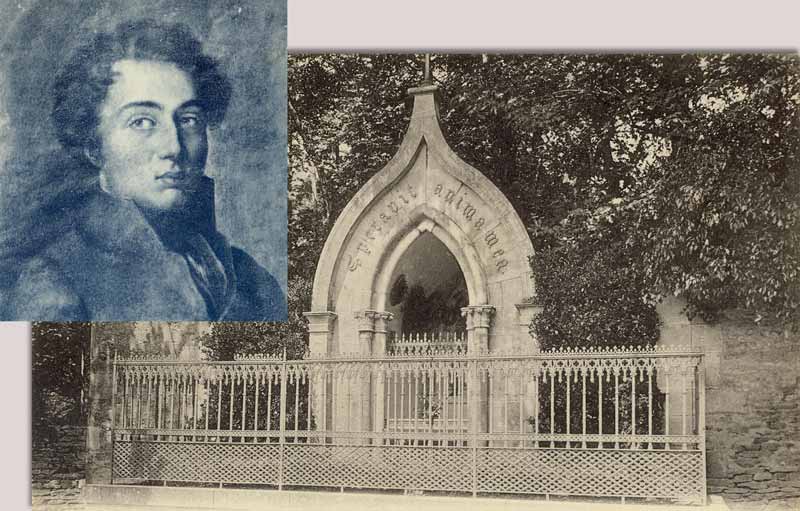
Turgenev is silent on Faust and also on Mireille, although intimately involved with the vocal creation of Sappho; then suddenly we witness a kill without preceding banderillas in his commentary on the performance of Roméo et Juliette, Tuesday 18 June 1867 : “The performance is detestable ... never ever has there been a yelling, howling, spewing, yapping like that. All sing false like the devil - and Mme Miolan - on the pretext of playing the passionate woman - howls and cries like the others with a hoarse, tinny voice like from a cauldron, in the manner of Theresa”.
Cf : Thérésa, pseudonym for Emma Valadon, concert-Café singer.
Should Mme Miolan’s merit have come down so badly within three years, she who in 1875 will be the first Marguerite of Gounod’s Faust at the Palais Garnier ?
Is this not, rather, a case of crystallized annoyance, to the point of exasperation, in the face of Gounod’s third score where more than ever this echo of a religious lyricism disliked by the Russian poet is in evidence? Let us look at his critique of 19 March 1864 where there is mention of a “huge devil of a scene with a procession etc ...” (the hymn of Saint Gens followed by the chorale Laus Sion Salvatorum, the mystical song Sainte Ivresse and the death scene of Mireille), and that of Roméo, where Turgenev turns his back on Verona in favour of the Gérolstein : “I would prefer to go twenty times in succession to La Grande Duchesse to returning to Roméo.” “Requiescent in pace ! Dixi et animan meam slavavi ” (sic). She who was at the origin of this profound ennui on the night of 18 June 1867 carries the responsibility for this fiasco. Does she not carry others ?
What astounds all the more is that Turgenev does not mention in his correspondence the curious shortening, then the pure and simple amputation of the Scene of The Crau which, obviously, he has never seen or heard integrally. As for the performances of Monday 28 March 1864 and Thursday 14 April of the same year, Mistral confides to Aubanel as early as February 1864 : “Difficulties have arisen between Gounod and La Carvalho who would like to make a cut (the crossing of the Crau) in order to make her part easier. Gounod sticks to his scene and he is right; hence a tug of war, which is not what I need”.
(Cf. Mistral’s letter to Aubanel, Lis Isclo d’Or : a critical study by Jean Boutière, Director of the Institut d’Etudes Provençales at the Sorbonne. Didier 1970).
Turgenev points out ironically that Melle Mireille dies of a sun-stroke while singing an ecstatic song which is only “Halévy of the 4th order”. That Halévy, should it be of less beautiful water than the first opera of the young French composer back from Rome, whom Maria Garcia will defend so boldly that she achieved a crazy success in Clari, lending to this part the whole magic of her expression ?
Cornélie Falcon and Adolphe Nourrit created Les Huguenots by Meyerbeer. Pauline Viardot writes, “the Opera counts on Les Huguenots, Le Prophète and Sappho as the main subjects of my winter” and we note the following reference in a letter from Turgenev (concerning the last performances of The Prophète), “Mr Jules Jasmin names you twice in the following way :”Imagine yourself in paradize between two hells, Beloved Rose between two chaperons, la Viardot between two tenors from the province”. If Turgenev upholds that a bad performance cannot kill a masterpiece, cuts and transformations can disfigure an opera which is original in its story and its Provençal climate, a work which demands one total voice and not the voice, even if “pearl-like”, of Mme Miolan-Carvalho (in Mistral’s own terms who, of course, was thinking of this “diamond” demanded by the singer who had the full support of her Director-husband).
(Cf. Sonnet to Dono Miolan-Carvalho. Lis Isclo d’Or) ... Mistral was to change his mind rapidly.
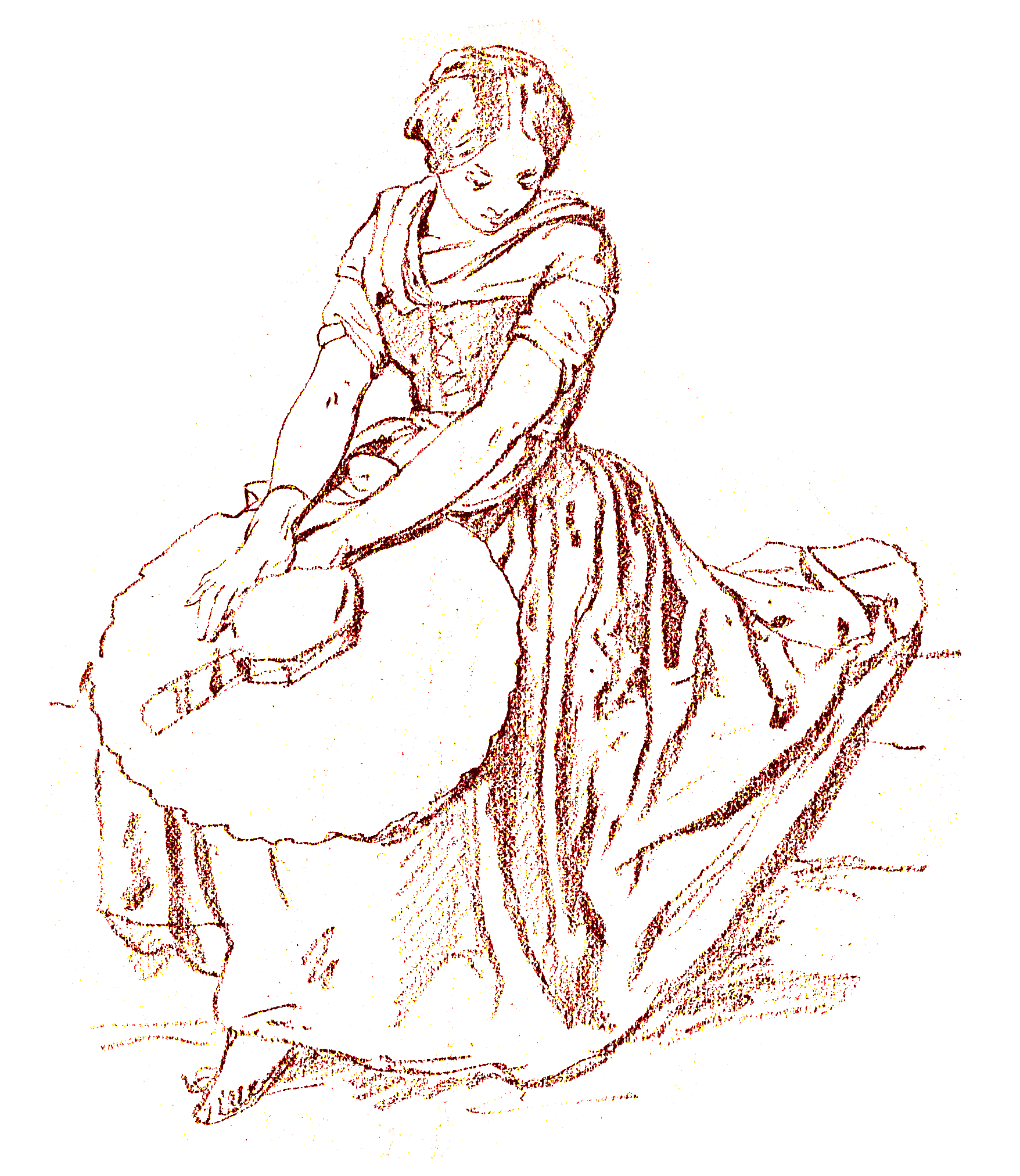
It is possible, says our Ivan the Terrible, that the talent addresses the dilettanti, the people with taste - and that nearly makes you wish not to be one of them - ... true nature is indeed far hotter, it is more opaque, more vulgar, if you like. And also there is not this theatrical verve, this boldness, this casualness which characterizes the artist.
It does not seem that Gounod was satisfied in his lifetime with the orchestral tempi and with the casting of the feminine title roles. Mireille was presented to the public on 19 March 1864 “weakened, denatured”. In the Scène of the Crau, “still redoubtable, although mutilated”, Mme Carvalho, fear-stricken, “failed completely”. “There was resentment against the singer not only for having forced Gounod to take the jewel out of his score, but for having refused to wear, at least in the first few performances, “an authentic Provençal costume”, although she had received “a collection of drawings of costumes of the women of Arles” (and of the county) from the painter Bonaventure Laurens.
What we know, through Turgenev, of the dramatic talent of Adelina Patti, does not commit us to believing that on 28 November 1888 she could have overwhelmed the audience at the Palais Garnier on the occasion of the first performance of Roméo et Juliette, the composer’s baton being very exceptionally helpful. The voice of Sappho (that of Eva Dufranne en 1884) (Cf: First performance of Sappho, 16 April 1851, Le Peletier Hall, with Pauline Viardot in the title role) inspired Gustave Moreau; but the light of Greece was followed by that of Provence and of Italy; “a counterpart to offset the satiny and dreamy music of Sappho’s ode is now needed”, Pauline Viardot confided to Turgenev.
Ô ma lyre immortelle, sang Gounod; Marguerite and Juliette will know how to make its strings vibrate.
However, there are good grounds to bet that in spite of the Mireille at St Petersburg or the one at the Théâtre Lyrique Gounod regretted for a long time, and profoundly so, not to have been understood by the very people to whom he had confided his most intimate hopes : F. Mistral and the Provençaux, who had wept when Monsieur Pépin (name used by Gounod in the register of the Hôtel de Ville Verte at St Rémy, where he is supposed to have worked on the score of Mireille) had given his work for the first time at St Rémy, on the breathless harmonium of the Echo des Alpilles.
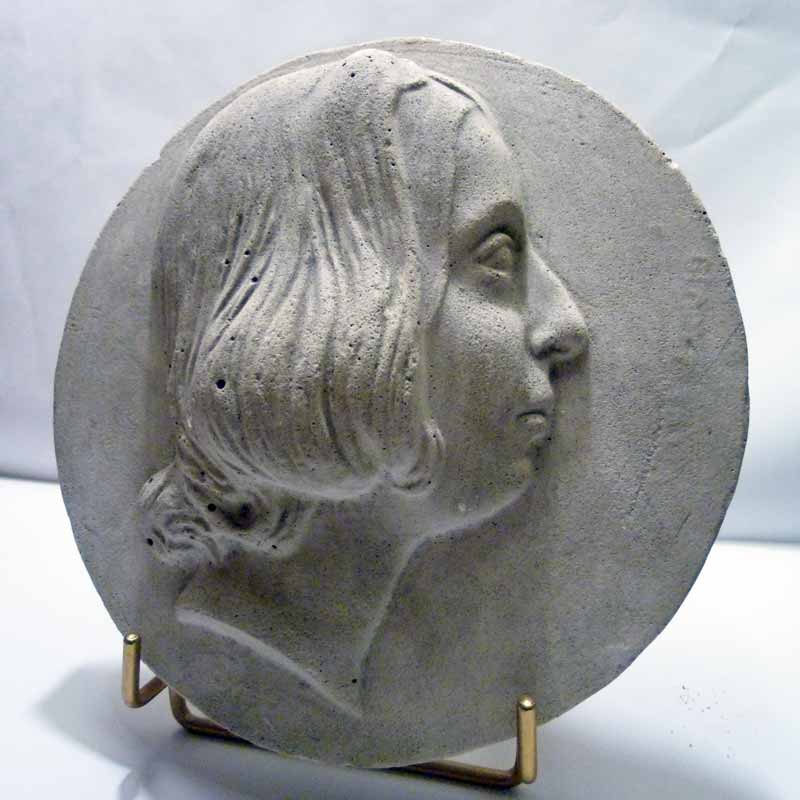
Neither was George Sand to figure in the Mortuorum prouvençau - although cited at Note XI of Song II of Mirèio - ** which, however, accommodates those writers in the French language who are in favour of the Félibrige (it is true that at the time of George Sand’s death (8 June 1876) Frédéric Mistral was entirely occupied by the preparations for his wedding), and unlike the great Lamartine, who from Milly to Laeken past Maillane was capable of reinstating the Art of Singing in its due place, Gounod was not either to see, at least up to this day, his name figuring next to Mistral and this in spite of the efforts deployed by Bonaventure Laurens or by some great Maillanais, be it Mistral himself.
Disregarding the pressing intervention of the painter Hébert (whose ties with Mistral and Caroline Miolan-Carvalho are well-known), would another singer have reconciled the work of Gounod with that of Mistral under the patronage of the Poet of St Point ? Who would be able to tell, if not the shepherds and the inhabitants of the“mas” sung by F. Mistral in a language which could not be made more golden by any lyrical colouring in the world, because it is the very language of the sun ...
In 1939, Reynaldo Hahn reconstitutes the original opera in five acts, eliminates the waltz and the conventional dénouement and reintroduces the Scene of The Crau with the singer Jane Rolland. It was then appropriate for René Russier to write : “We now wish that a last stage in the return to the true Mireille be accomplished. We are expecting from M. Busser in his current presentation the literary adaptation of the Provençal poem as entrusted to a Charles Maurras or an Emile Ripert.”
On the occasion of the 150th anniversary of Frédéric Mistral, Gounod’s Mireille was premiered in Provençal, thus wearing again her luminous dress, the very language of the poet of Maillane, Nobel-Prize for literature in 1904, for, according to Villemain and Lamartine, France is rich enough to have two literatures and the entire Midi is found in the remark of Sauveur Selon : “Every time Mireille must sing and speak in French, I feel like hiding away.”
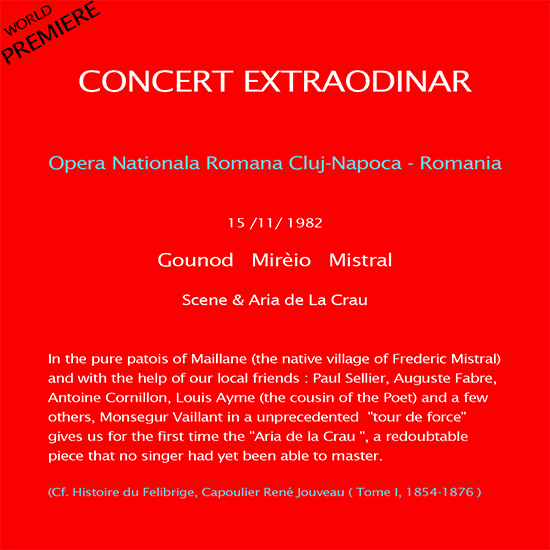
If ever there was a vocal production, the historical recording of 1980 illustrates with a new form the royal path rediscovered by Maria Callas.
Mistral, Gounod... (and Turgenev, also sensitive to this so-called vocal production !) are not waiting any more for their lyrical interpreter, this voice Musset had in mind, which produces on us an impression analogous to the flavour of a wild fruit : the Magyar-Rumanian audience recognized it immediately in her who sang this part for the first time : Monsegur Vaillant, accompanying herself in Scene and Aria of The Crau on the stage of the Opera of Cluj-Napoca (Rumania) on 15 November 1982. A few verses of Song I of Mistral’s Mirèio, spoken by Claude d’Esplas, Honorary President of the Amis de Charles Gounod, served as a prelude to this “international première”, on whose subject we can only repeat, in the very words of Charles Gounod at the time of Sappho : “She knew the score so well that she accompanied it ... in total by heart on the piano. This is perhaps the most extraordinary musical feat of strength I have ever witnessed, measure of the astonishing abilities of this prodigious musician.”
All the rest is literature, as Louis Viardot, director of the Théâtre Italien, said to Turgenev, a lover of voices worthy of this name.
Mario de L’Islo
Carpentras (Provence) 1980
Translation : Dagmar Coward Kuschke (Tübingen)
Archives :
Mirèio : Lou Cant dóu Soulèu : L’Opéra de Gounod en provençal et les Chants des Félibres
Réf : V/30/ST/7228 STEREO
Cf : Lou Felibrige, Capoulié Reinié Jouveau, 1981
Correspondance d’ Ivan Tourgueniev à Pauline Viardot et à sa Famille
Editions l’Age d’Homme 1972 Henri Granjard et Alexandre Zviguilsky
Ivan Tourgueniev, Nouvelle Correspondance Inédite Tome I et II .
Introduction et notes par Alexandre Zviguilsky, ouvrage publié avec le concours du C.N.R.S.
Librairie des Cinq Continents 1971
* Letter from Claude d’Esplas to Marcel Carrières, dóu Felibrige
Dear Mr Carrières,
I have received your book La Musique Occitane de 1550 à 1800; I am reading it with great interest. But how astonishing to find written by you on p. 142 “But also, in spite of what one could rightly say about it, the Georges Bizet of the Arlésienne, the Gounod of Mireille ...”.
Would you allow me to be bold enough to ask you what it is that one “could rightly say ?”.
Concerning the “cantico tant bèu que sabon li Santen”, would you go along with me in thinking that it inspired Ch. Gounod in “Es aujourd’uei que la Gleiso di Santo”...”, since you are lucky enough to live not far from the blond church “di Tres Mario.” ?
Please forgive us the somewhat abrupt character of these questions : it only reflects the lively and legitimate interest roused by your remarks.
Pla amistousamen,
Longo mai
Claude d’Esplas
P.S. Did the “Widow” Mouret perhaps deserve a satisfecit ?!..
**Song II, note XI Mirèio, Frédéric Mistral
The golden Goat (la Cabro d’or), treasure or talisman, which according to the people was buried by the Saracenes under one of the antique monuments of Provence. Some claim it is lying under the mausoleum of saint Rémy, others, in the grotto of Corde, others still, under the rocks of Les Baux. “This tradition, says George Sand (Les visions de la nuit dans les campagnes), is universal; there are few ruins, castles or monasteries, few celtic monuments which do not hide their treasure. All are guarded by a diabolical animal. M. Jules Canonge has represented as gracious and beneficial the poetic appearance of the golden Goat, guardian of the wealth hidden in the heart of the earth.”
|











